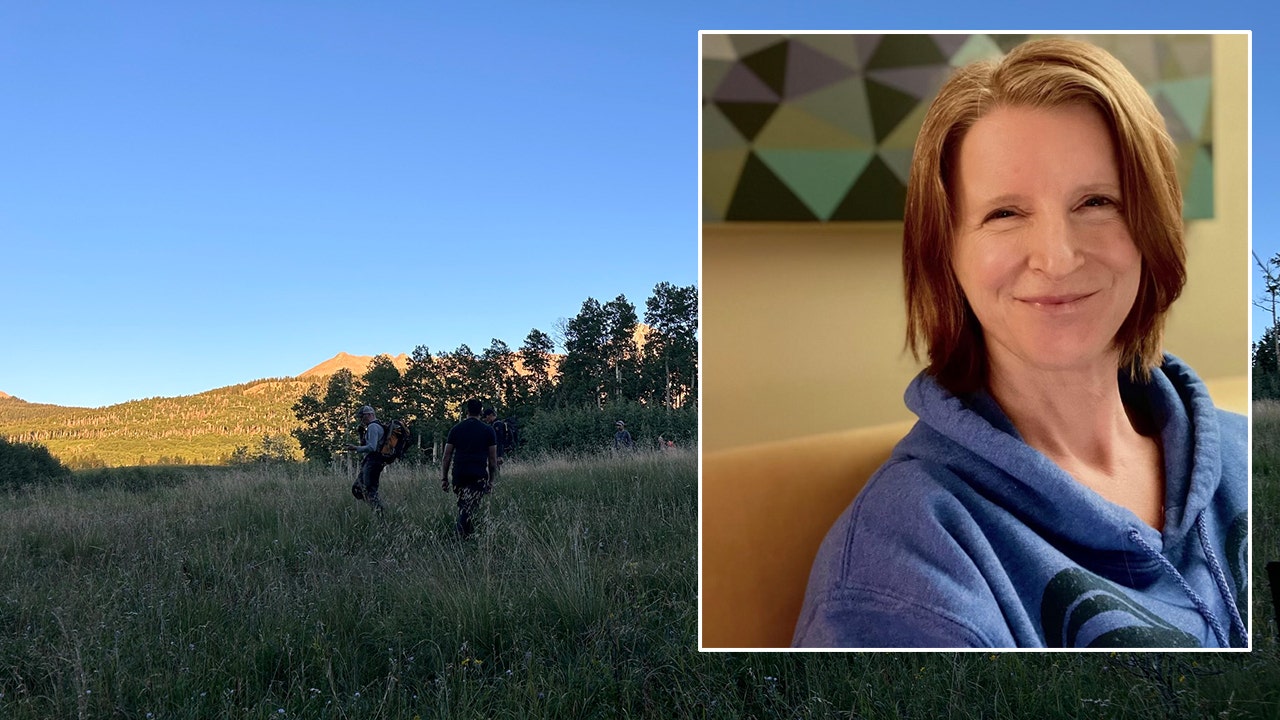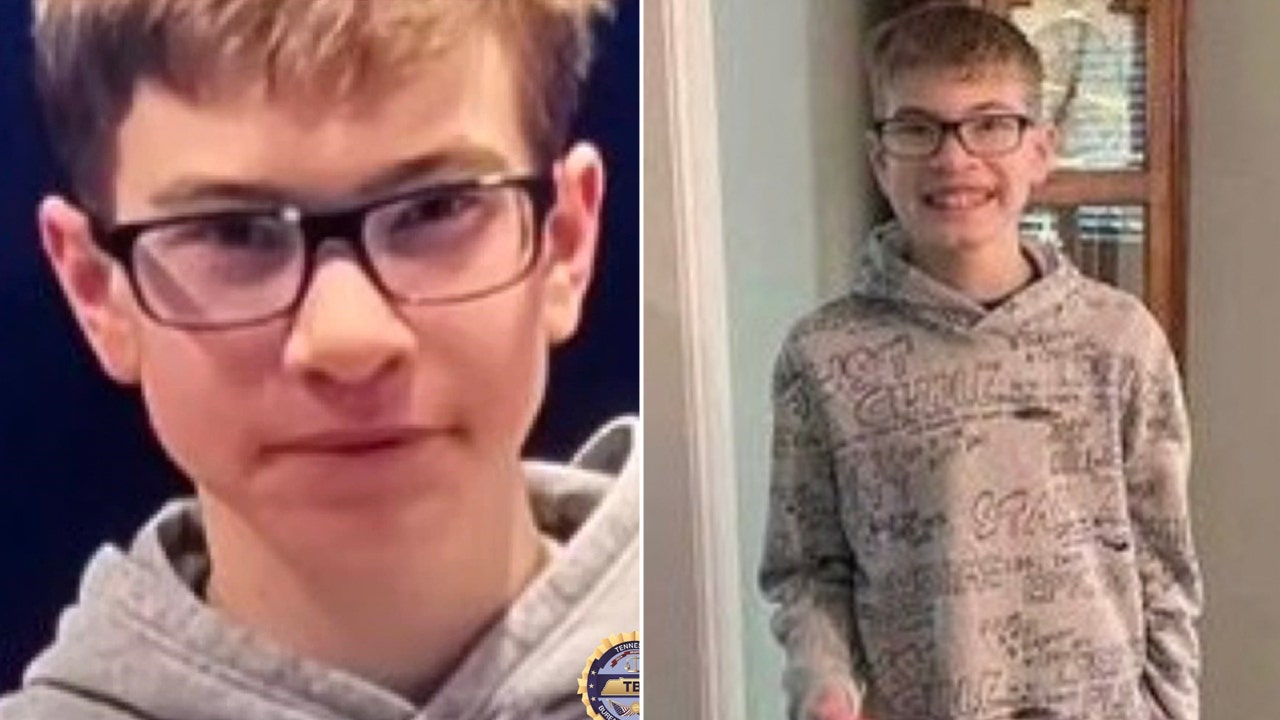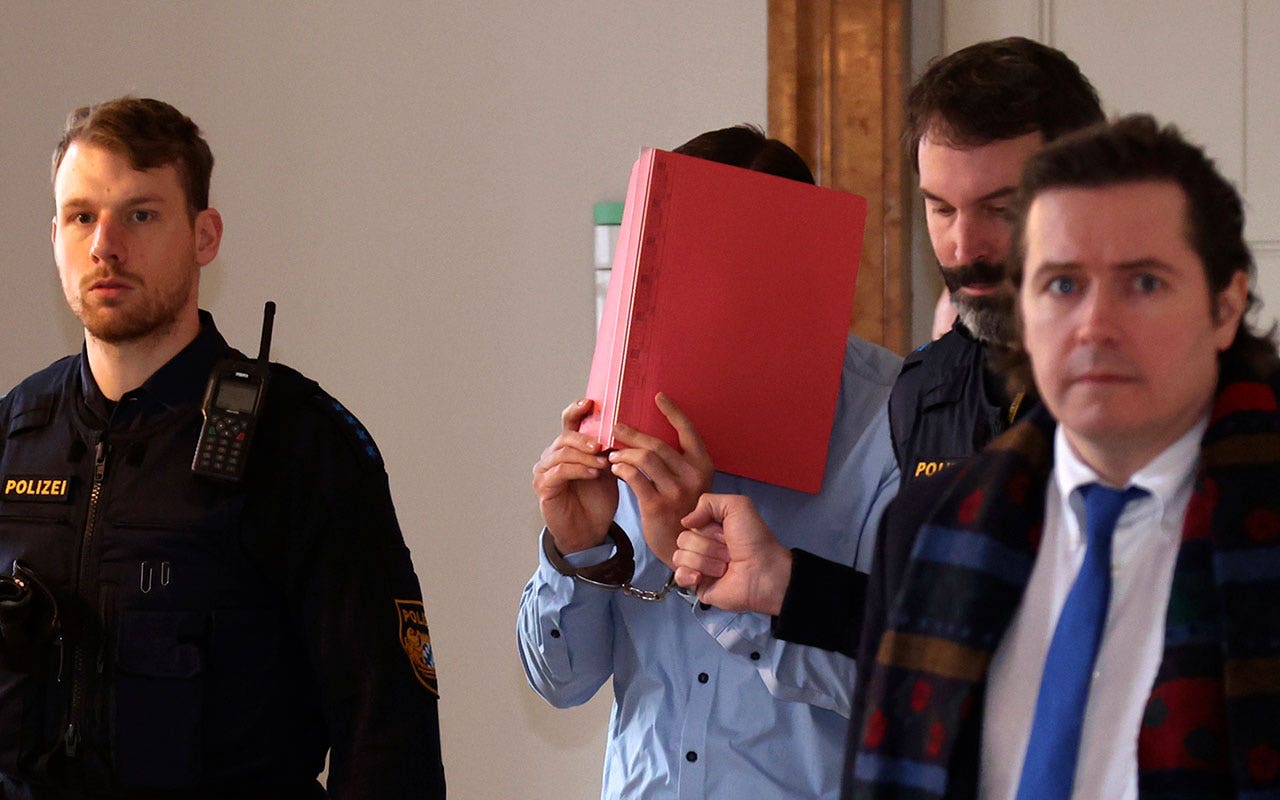Supreme Court justices appeared sharply divided today over whether federal law should allow doctors to perform emergency abortions in states that have adopted near-total bans on the procedure.
At issue in the case is Idaho’s ban, which allows abortion to save the life of a pregnant woman but not to prevent her health from deteriorating. The federal government argued that the Idaho measure violates a federal law requiring hospitals to stabilize or transfer patients with urgent medical issues.
The challenge applies to only a tiny fraction of the nation’s abortions, my colleague Pam Belluck, who covers reproductive care, told me. “But the implications of whatever the Supreme Court decides in this case could be very broad,” she added.
A broad decision could especially affect abortion access in the 14 states that have enacted near-total bans. “It could telegraph to states that what Idaho is doing either is or is not OK, and that could change those states’ abortion bans one way or another,” Pam said. “If the justices side with Idaho, it could also say to states that ‘abortion isn’t the only thing you can restrict.’”
Today’s arguments were lively, and at times they suggested that there was a possible divide along gender lines. Justice Amy Coney Barrett, a conservative, appeared skeptical that Idaho’s law superseded the federal law. “I don’t think it’s a slam dunk either way,” Pam said.
Pam also noted that today’s hearing suggested that some of the court’s conservatives, particularly Justice Samuel Alito, may be prepared to embrace the language of fetal personhood, which is the notion that fetuses have rights that require protection.
In related news, Arizona lawmakers advanced a bill to scrap an abortion ban, based on an 1864 law, that could go into effect as soon as June 8 if not repealed.
U.S. weapons are headed to Ukraine
President Biden today signed into law a foreign aid package that includes more than $60 billion in assistance for Ukraine. It is the largest single commitment the U.S. has made to Ukraine since Russia began its full-scale invasion in 2022.
Israel appears poised to invade Rafah
Israel’s military this week sketched out rough plans to relocate civilians in the southern Gaza city of Rafah to a safe zone in the event of an Israeli ground invasion. Many analysts and residents saw the announcement as a hint that an assault of the city was all but inevitable.
Israeli officials have long insisted that a push into Rafah is necessary for securing the release of the remaining hostages and eliminating Hamas militants sheltering in tunnels beneath the city. But many of Israel’s Western allies, including the U.S., have discouraged it from invading the city, where more than one million Gazans are now sheltering.
In other news from the war, Hamas released a video apparently showing Hersh Goldberg-Polin, an Israeli American hostage.
Johnson said Biden should act to end campus protests
Speaker Mike Johnson, Republican of Louisiana, visited Columbia University today and condemned the pro-Palestinian protests there. He said he intends to call President Biden and demand action, including possibly the sending in of the National Guard to quell the demonstrations, which Johnson called antisemitic.
Similar protests have been reported at more than 20 college campuses.
More top news
A long-lost Klimt painting sold for $37 million
Much about a recently resurfaced Gustav Klimt painting, “Portrait of Fräulein Lieser,” was shrouded in mystery when it was put up for sale. The portrait’s subject was debated, its seller was unknown and its provenance was officially uncertain, though the auction house conceded that it was likely acquired illegally during the Nazi annexation of Austria.
Perhaps the only thing that was clear was that it would fetch a lofty price tag. Today it did: An Asian client bought it at auction for $37 million.
New York City’s everlasting scaffolding
Anyone who lives in or has been to New York City will probably recognize the photo above, because sidewalk sheds seem to blanket the city and never get taken down. Out of roughly 8,500 currently standing, nearly 1,000 have been in place for more than three years; two date back to 2011.
If you’re confused as to why the scaffolding is up despite a lack of apparent construction, you’re not alone. The main reason is that they are required for periodic inspections, and some property owners found that keeping them in place was less expensive than fixing their facades.
Get ready for a trillion very noisy bugs
After spending more than a decade underground, roughly a trillion noisy, red-eyed cicadas are beginning to emerge from the earth. This year, the Great Southern Brood, which comes out every 13 years and has already been spotted in Georgia, is expected to converge in the Midwest with the Northern Illinois Brood, which emerges every 17 years.
No one can explain for sure how the cicadas know when to come out en masse, or why they do. But when the two broods arrive in full force this spring, it will be the first time that they have shown up together since Thomas Jefferson was president.
Have a vibrant evening.
Thanks for reading. I’ll be back tomorrow. — Matthew
We welcome your feedback. Write to us at evening@nytimes.com.






